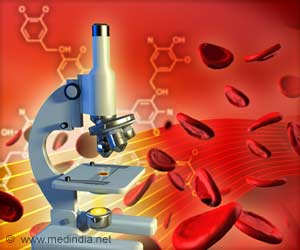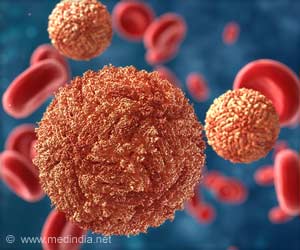Neuroblastoma typically occurs as a solid tumor in the abdomen, but also in the neck, chest, and pelvis, developing in the network of the body's sympathetic nervous system.
Neuroblastoma typically occurs as a solid tumor in the abdomen, but also in the neck, chest, and pelvis, developing in the network of the body's sympathetic nervous system.
Childhood cancers are fortunately rare, but among them, neuroblastoma is a special case, accounting for 7 percent of all childhood cancers, but 15 percent of childhood cancer deaths.Neuroblastoma is what physicians call a heterogeneous disease; its name includes subtypes of disease that behave very differently. Some cases strike in infants, but spontaneously disappear with minimal treatment, while other cases in older children may be relentlessly aggressive from the start.
So precisely defining a given patient's risk level can help oncologists design the best treatment, avoiding the twin pitfalls of undertreating or overtreating any given child.
Better treatments may be on the horizon, but better understanding of neuroblastoma’s precise biology can guide physicians to the best choices among possible options.
John Maris, M.D., of The Children’s Hospital of Philadelphia, describes the current status of neuroblastoma treatment and trends for the near future, in the June 23 issue of the British journal Lancet. Maris is among the world leaders in neuroblastoma research, with a lab holding tissue samples from 5,000 patients--the world's largest sample collection for the disease.
In his paper, Maris reviews new approaches to treatments for a particularly challenging set of patients--children whose neuroblastoma has relapsed in an aggressive form. One particular technique being used and studied at Children's Hospital employs radioactive isotopes that zero in on neuroblastoma cells to selectively kill those cells with radiation.
Advertisement
“These approaches are targeted therapies--aimed in highly selective ways at cancer cells, but sparing healthy cells,” said Maris. “But in order to best guide us to the most appropriate treatments, we need greater understanding of the abnormal biological events that give rise to neuroblastoma.”
Advertisement
Our goal is to match the most appropriate treatment with precise molecular targets in biological pathways, so we can intervene to stop neuroblastoma in its tracks,” said Maris.
Source-Eurekalert
JAY/M





